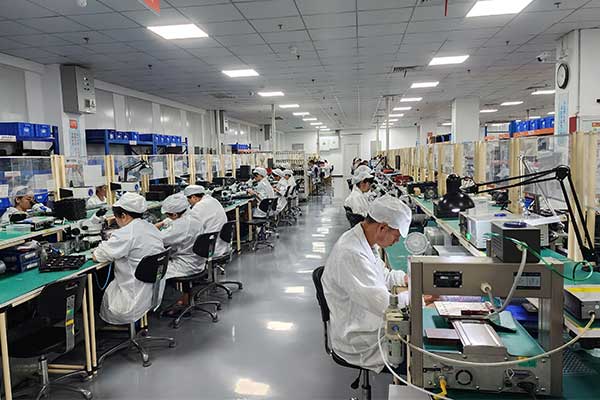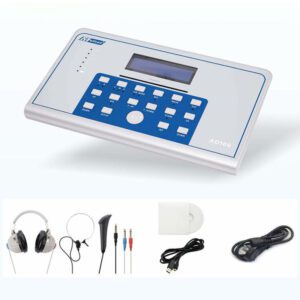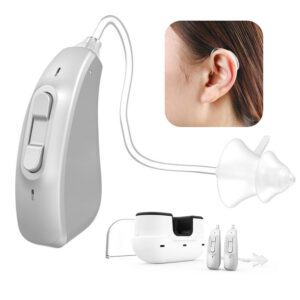1. Initial hearing Assessment
The process of making a hearing aid begins with a thorough hearing assessment. An audiologist conducts various hearing tests to evaluate the type and degree of the patient’s hearing Loss. These tests typically include pure-tone audiometry and speech recognition tests, which provide essential data for determining the appropriate hearing aid.
2. Selection and Design of the Hearing Aid
Based on the results of the hearing tests and the patient’s specific needs, the audiologist recommends a suitable type of hearing aid. Options include behind-the-ear, in-the-ear, and completely-in-canal models. If a custom hearing aid is required, the audiologist takes an impression of the patient’s ear canal using a soft silicone material that hardens to form an exact model.
3. Creating the Ear Mold
The ear impression is sent to a hearing aid manufacturer, where it is used to create a personalized ear shell or ear mold. This process often involves advanced technologies like 3D scanning and 3D printing to ensure precision and comfort for the wearer.
4. Assembly of Electronic Components
The next step involves assembling the electronic components within the hearing aid shell. These components include microphones, amplifiers, processing chips, and battery elements. Advanced hearing Aids often feature digital signal processors (DSP) for enhanced functions such as noise reduction and echo cancellation.
5. Programming and Tuning
The hearing aid is then programmed to match the patient’s specific hearing loss profile and personal preferences. This programming is conducted using specialized computer software. During the tuning process, the hearing aid is tested to ensure it operates correctly, and necessary adjustments are made for optimal performance.
6. Quality Control
Manufacturers conduct rigorous quality control tests to ensure the hearing aid meets industry standards and performance requirements. These tests assess various aspects, including sound quality, amplification effect, frequency response, and battery life, ensuring the device functions properly.
7. Final Assembly and Packaging
After passing all quality control tests, the hearing aid undergoes final assembly. This includes attaching the ear mold and other necessary accessories. The completed hearing aid is then cleaned, packaged, and prepared for delivery to the patient.
8. Fitting and Adjustment
The patient returns to the audiologist for fitting and adjustment. During this appointment, the audiologist assists the patient in incorrectly wearing the hearing aid and makes final adjustments to the volume and sound quality, ensuring the device provides optimal hearing compensation.
9. Follow-Up Services
After fitting the hearing aid, regular follow-up appointments are scheduled to check the device’s condition and make any necessary adjustments or maintenance. These follow-ups ensure the hearing aid continues to function effectively, providing the best possible auditory experience for the patient.



